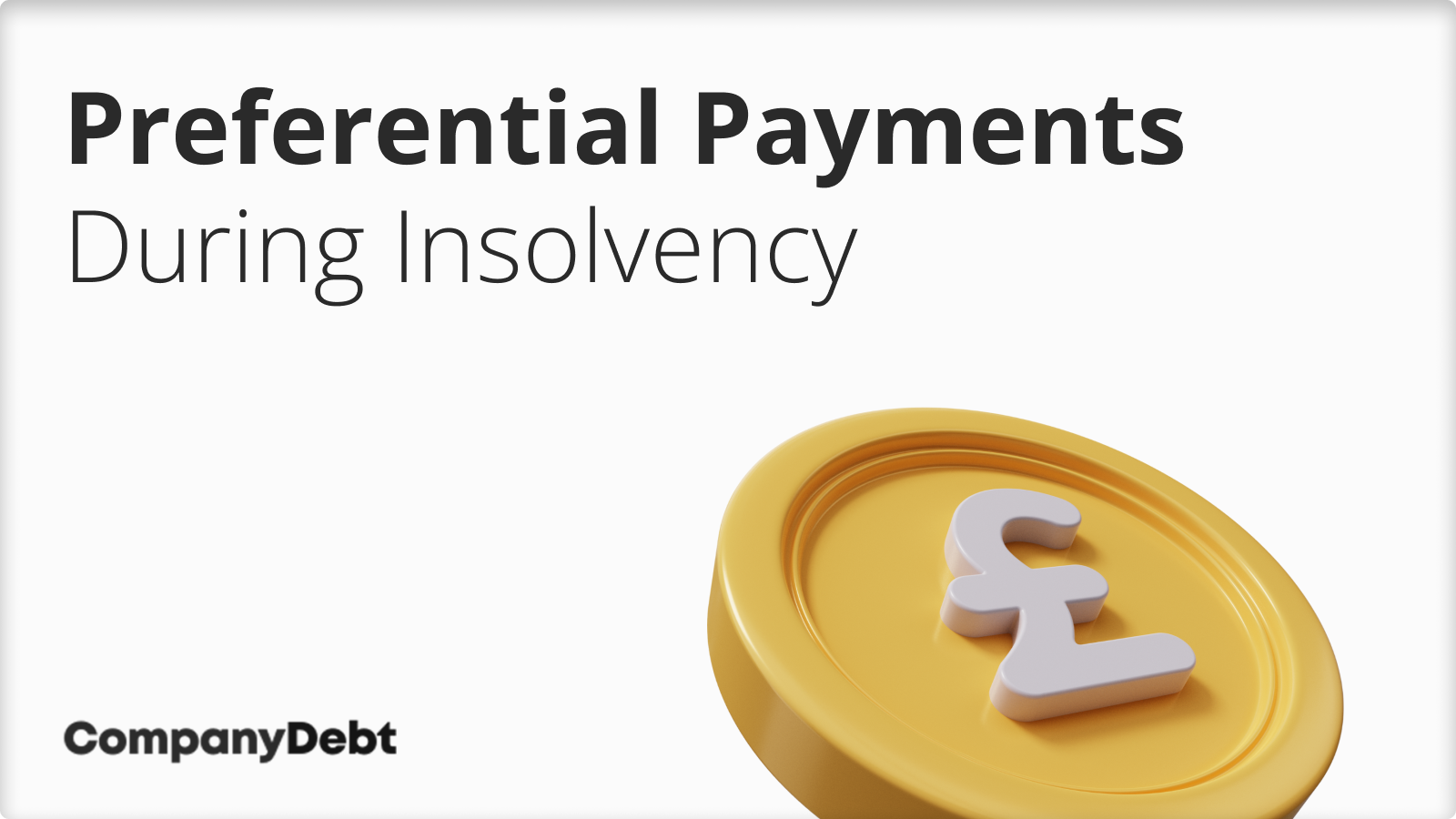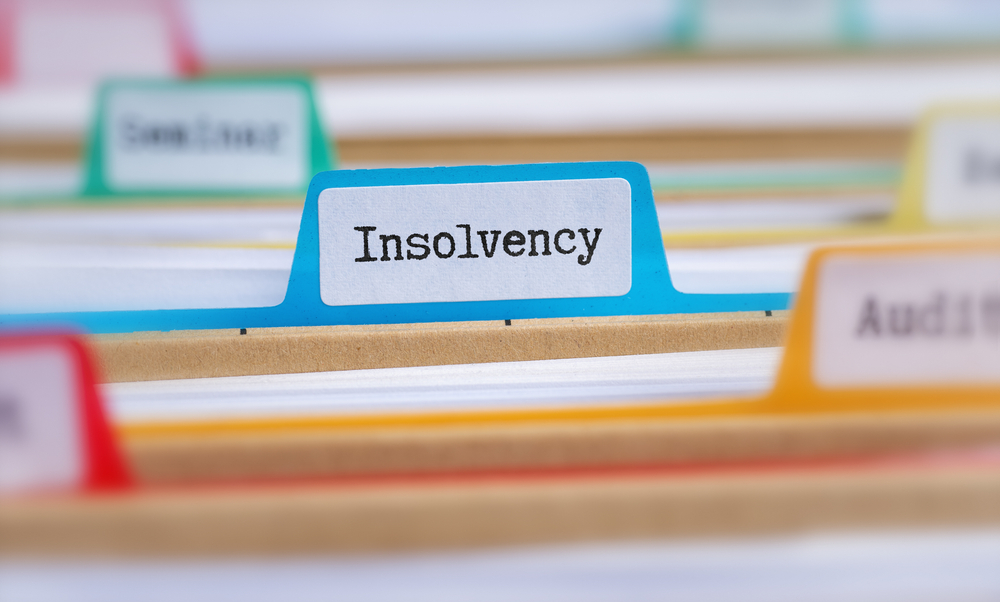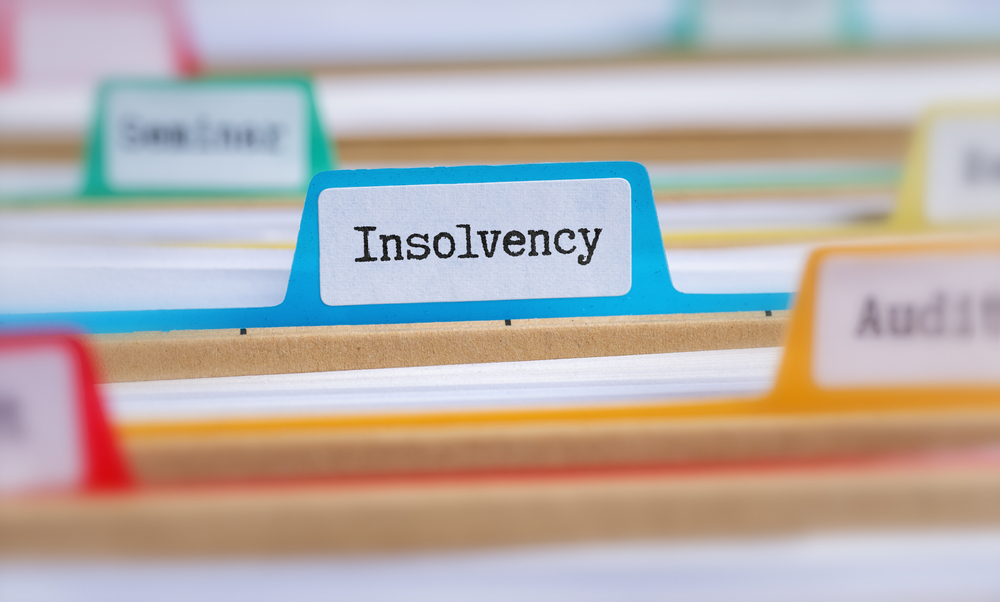
Preferential Payments During Insolvency
Company directors approaching insolvency must be acutely aware of the risks associated with preference payments. These transactions, where a company in financial distress prioritises one creditor over others, are strictly prohibited under Section 239 of the Insolvency Act 1986.
I’ll explore what constitutes a preference payment, why they might be made, and the potential repercussions. I’ll also discuss how these payments are identified and challenged during liquidation proceedings.

What is a Preference Under the Insolvency Act?
Several types of transactions can be classified as preferential under Section 239 of the Insolvency Act 1986[1]Trusted Source – Legislation.gov.uk – Insolvency Act 1986, Section 239. These include:
| Transaction Type | Description |
|---|---|
| Payments to connected parties | Transactions involving directors, shareholders, or family members within two years before insolvency. |
| Unusual or accelerated payments | Deviations from normal trading practices, such as paying a supplier in full rather than following agreed credit terms. |
| Creating new security interests | Granting new security over company assets for existing debts, including personal guarantees or charges. |
| Substantially larger payments | Unusually large settlements without reasonable commercial justification. |
| Recent payments to unsecured creditors | Especially those made close to insolvency that appear to favour certain creditors. |
| Repayment of directors’ loan accounts | Settling outstanding loans made by directors to the company, often seen in company liquidations |
| Return of goods obtained on credit | This could deprive other creditors of assets otherwise available to the estate. |
It’s important to note that these actions aren’t automatically illegal. The key factors are the company’s insolvency at the time of the transaction and the intention to prefer one creditor over others.
In the seminal case of Re MC Bacon Ltd [1990] BCC 78[2]Trusted Source – Wikipedia – Re MC Bacon Ltd (No 1), the court established that for a payment to be considered preferential, there must be a positive wish to improve the creditor’s position, not merely the effect of doing so.
Creditor Pressure and Preferential Payments
It’s important to note that payments made in response to genuine creditor pressure are less likely to be viewed as preferential. This could include situations where a creditor threatens legal action, debt recovery proceedings, or discontinuation of essential supplies. However, for this exception to apply, the pressure must be real and substantial[3]Trusted Source – GOV.UK – Insolvency Technical Manual, Chapter 31, Part 4A, Part 2: Preferences.
What Happens if you Make a Preference Payment When your Company is Insolvent?
If your company enters into insolvency proceedings (such as administration or liquidation), an insolvency practitioner (IP) will be appointed to manage the process. Part of the IP’s duties includes reviewing transactions made before the insolvency to identify any preference payments.
The term pari passu is a Latin phrase that means “on equal footing” and is fundamental in the context of insolvency proceedings. It refers to the principle that certain creditors or claims must be treated equally, without any preference, and share proportionately in the distribution of a company’s assets or the proceeds from their liquidation.
If the IP determines that a payment qualifies as a preference, they can seek to reverse the transaction. This involves legally challenging the payment and potentially obtaining a court order to have the funds returned to the company’s estate.
Directors who authorise preference payments can face serious consequences:
- If found guilty of wrongful or fraudulent trading, or if they failed in their duty to act in the best interests of all creditors when insolvency was unavoidable, directors might be held personally liable for the company’s debts.
- Directors can also face disqualification from managing or directing a company for a period of time if they are found to have not complied with their legal duties in the lead-up to the company’s insolvency.
How are Preference Payments Identified and Challenged?
The liquidator’s approach to challenging preference payments typically involves[3]Trusted Source – GOV.UK – Insolvency Technical Manual, Chapter 31, Part 4A, Part 2: Preferences:
- Interviewing key personnel about financial decisions made before insolvency.
- Assessing the commercial justification for potentially preferential payments.
- Analysing the cost-benefit of pursuing legal action for recovery.
- Negotiating with recipients to settle potential preference claims.
- Updating creditors on the progress and outcomes of recovery efforts.
It’s important to note that the liquidator’s actions are subject to oversight. Creditors can challenge the liquidator’s decisions and, in some cases, even apply to the court to remove the liquidator if they believe the liquidator is not acting in the best interests of the creditors as a whole.
What To Do If You Have Given A Preference Payment?
If you have given a preference payment as a company director while the company was insolvent or close to insolvency, there are some important steps you should take:
- Disclose the payment to the insolvency practitioner: Be upfront and disclose the preference payment to the liquidator or administrator appointed to handle the company’s insolvency.
- Gather supporting documentation such as invoices, payment receipts, communication with the creditor, and any evidence of the company’s financial position at the time of the payment.
- Consider repaying the preference: In some cases, the insolvency practitioner may give you the option to repay the preference payment to the company’s estate voluntarily. This could help mitigate potential claims against you for recovery of the payment or allegations of misconduct.
- Defend your actions if necessary: If the insolvency practitioner decides to take legal action to recover the preference payment, be prepared to defend your actions.
Seeking Professional Advice
If you’re concerned about potential preference payments or your company’s financial position, it’s crucial to seek professional advice promptly. At Company Debt, we have extensive experience helping directors understand their obligations and explore available options.
Don’t wait until it’s too late – use our live chat feature during business hours or call us on 0800 074 6757 for immediate assistance. Our team of experts has successfully guided thousands of directors through financial difficulties, and we’re ready to help you too.
FAQs on Preferential Payments
How is the company’s insolvency determined for the purpose of identifying preference payments?
Insolvency can be determined based on either the cash flow test (inability to pay debts as they fall due) or the balance sheet test (liabilities exceeding assets). The insolvency practitioner will examine the company’s financial records to establish the date of insolvency.
Can preference payments be set aside even if the company was not insolvent at the time of payment?
Yes, in some cases, preference payments can still be set aside even if the company was not technically insolvent at the time of payment, as long as the payment caused the company to become insolvent.
What constitutes a “reasonable commercial explanation” for a substantially larger payment?
The insolvency practitioner will consider factors such as the nature of the business, the commercial relationship with the creditor, and industry norms to determine if a larger payment had a legitimate commercial justification or was preferential.
The primary sources for this article are listed below, including the relevant laws and Acts which provide their legal basis.
You can learn more about our standards for producing accurate, unbiased content in our editorial policy here.
- Trusted Source – Legislation.gov.uk – Insolvency Act 1986, Section 239
- Trusted Source – Wikipedia – Re MC Bacon Ltd (No 1)
- Trusted Source – GOV.UK – Insolvency Technical Manual, Chapter 31, Part 4A, Part 2: Preferences








